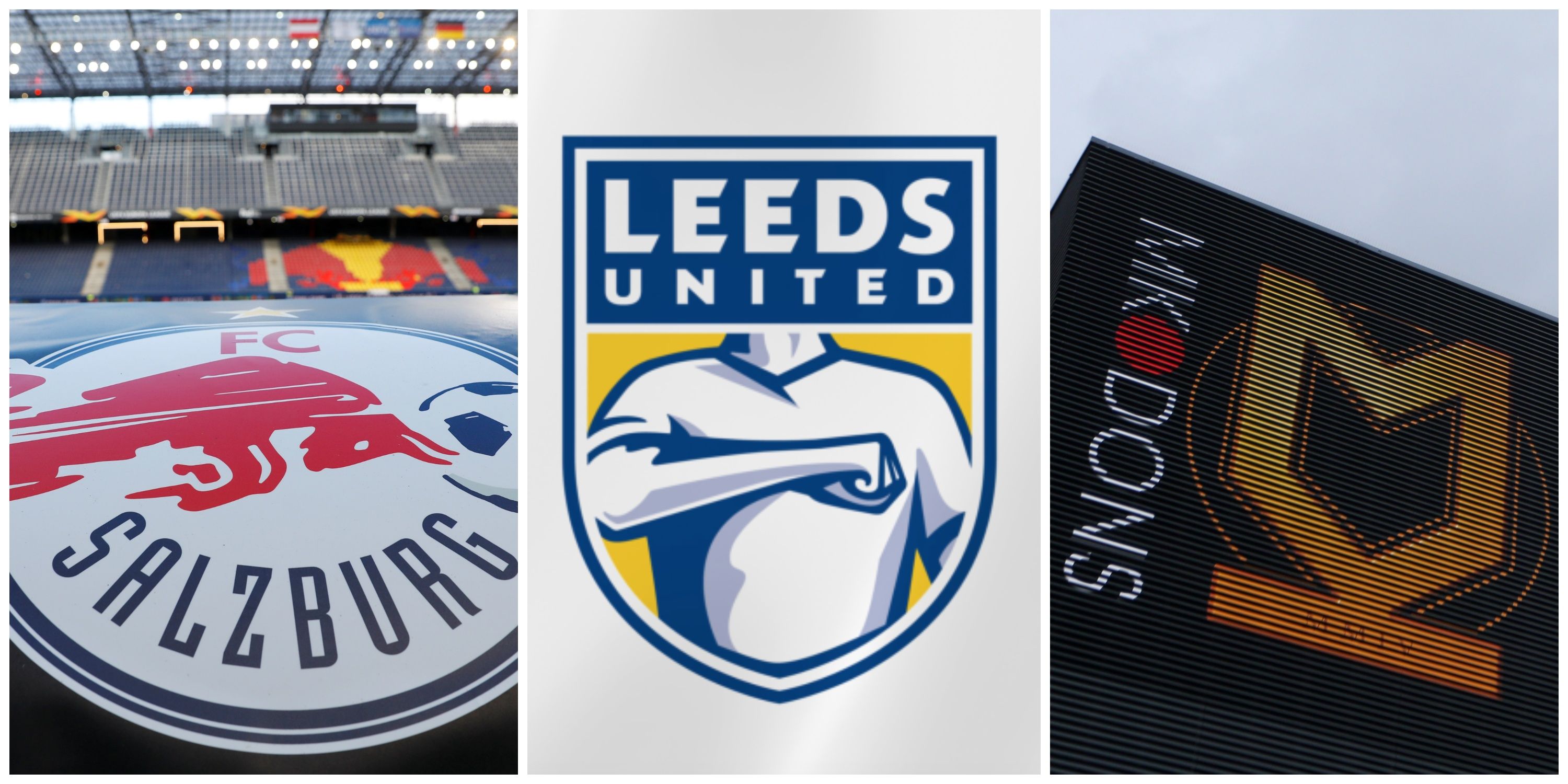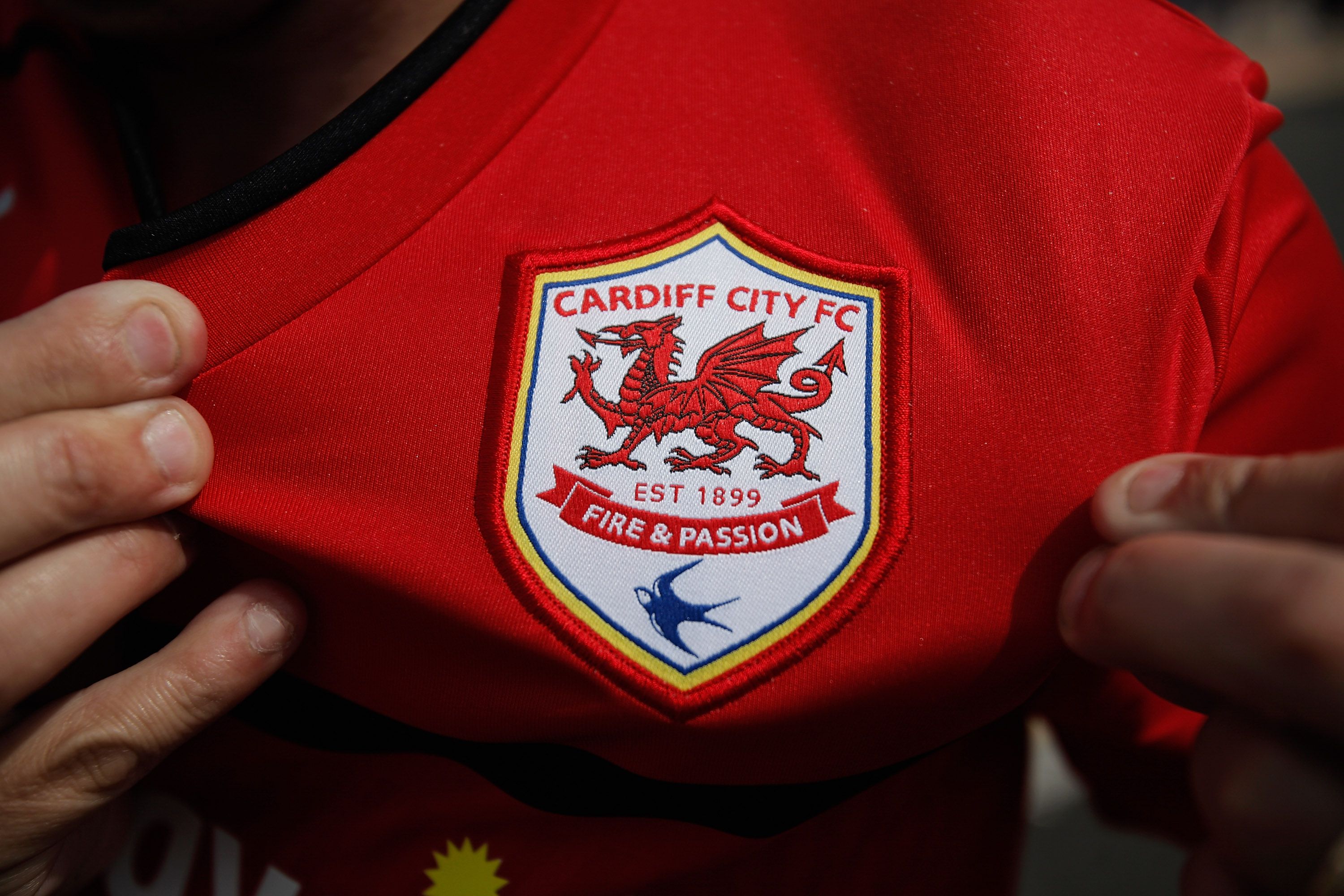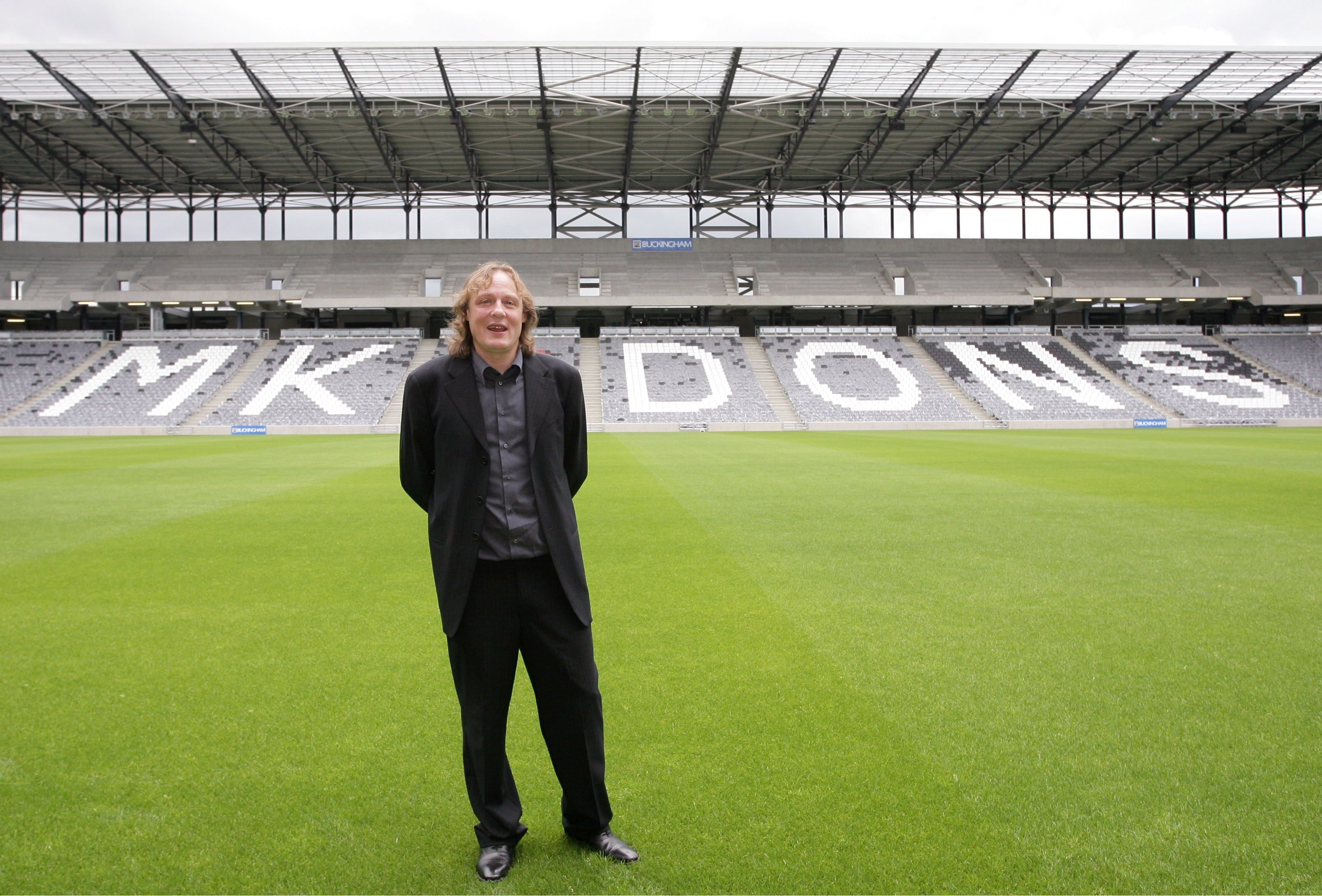Football is a game that goes beyond the thrill of the match-day spectacle, the exhilaration of a goal, or the collective groan that echoes around the stands following a near miss.
Supporters around the world recognise their teams with their distinct crests, colours, and names, becoming symbols of communal pride and shared passion. They represent a legacy, an enduring bond between the past, the present, and the future. While players, managers, and even club owners may come and go, these symbols are constant, giving fans a sense of belonging and continuity.
This enduring connection between fans and their clubs' identity is precisely why football rebrands are such a delicate affair. Any changes to a club's name, colours, or crest aren't merely cosmetic alterations but can shake the very foundations of what the club stands for in the eyes of its fans. Misjudged rebrands can spark a passionate response, drawing battle lines between the club's management and its fanbase. In some cases, they've even led to fan rebellions and the formation of new clubs.
Yet, rebrands are becoming increasingly commonplace in the modern game. They are often driven by a variety of reasons, ranging from a change in ownership to a desire to modernize the club's image or to make the club more marketable globally. Done with sensitivity and a deep respect for the club's history and fanbase, a rebrand can breathe new life into a club, giving it a fresh, contemporary feel that resonates with new generations of fans.
However, the path to a successful rebrand is fraught with peril, littered with cautionary tales of what not to do. When a rebrand is seen as disregarding a club's history, traditions, and its fans' emotional connection, the backlash can be swift and severe. And the fallout is rarely pretty.
In this article, we turn the spotlight on some of the most contentious football rebrands in history, events that have stirred the passions of fans, inciting intense debate, protests, and even rebellion. These rebrands serve as stark reminders of the deep-rooted connection between a football club and its fanbase. They underline the importance of treading carefully when it comes to changing a club's identity - and serve as a lesson when it comes to respecting a club's history and the fans' emotional investment.
From the Premier League to Serie A, we explore instances where football clubs' attempts to reinvent themselves met with resistance from fans, sparking controversies that made headlines and echoed around football forums and social media platforms. We will recount how fans rallied in defence of their beloved clubs' identities, raising their voices, and in some instances, even establishing new clubs to preserve their footballing heritage.
In each of these stories, the message is clear – football clubs are more than just businesses. They are institutions of community pride and sentiment. Their names, crests, and colours are sacred symbols that carry the weight of history and the hopes and dreams of their fans. As we dive into these tales of controversy and passion, we are reminded that while football is undoubtedly a global game, it is, at its heart, a local one, bound by the deep ties of community, tradition, and fan loyalty.
7 Everton (2014)
Kicking off our list is Everton's 2014 rebranding effort - that was the talk of the town for all the wrong reasons.
Evertonians are a proud bunch, fiercely loyal to their club's rich heritage. This deep-seated affection is why removing the "Nil Satis Nisi Optimum" motto from the club crest didn't go down well.
The club's decision to alter the iconic crest sparked widespread disappointment among Evertonians. The famous motto, "Nothing but the best is good enough", held deep meaning for the supporters. It was more than just a phrase; it encapsulated the spirit of their beloved club.
When the rebranding decision was made public, fans rallied together in a significant display of unity. More than 22,000 fans signed a petition calling for the return of the traditional crest. This overwhelming reaction forced the club to rethink their decision.
In an unprecedented move, Everton issued an apology and decided to involve fans in the process. Three potential designs were put to a vote, resulting in the triumphant return of the much-loved motto. It was a powerful demonstration of how fan sentiment could sway club decisions, underlining the need for clubs to consider the emotional ties that fans have with their symbols and traditions.
6 Juventus (2017)
In the cosmopolitan world of Italian football, the Old Lady, Juventus, initiated a wave of controversy in 2017 that rippled far beyond Turin. The Bianconeri made the bold decision to move away from their traditional oval crest, replacing it with a stylised 'J'. This groundbreaking change sent shockwaves throughout the football world.
For the club's management, the minimalist 'J' was seen as a bold step forward, a symbol of the club's evolution in the modern football landscape. The rationale was to expand the club's brand beyond football, making it recognisable in a wider range of contexts. The old crest, according to the club, didn't represent the Juventus of today.
However, this move did not sit well with many of Juventus' loyal fanbase. Critics argued that the new logo was too radical a departure from the club's rich history. They lamented the loss of key elements like the bull, the crown, and the city of Turin's coat of arms - all part of Juventus' traditional crest.
Despite the outcry, Juventus stood firm, demonstrating the club's commitment to its vision of a global brand. However, the controversy surrounding the new crest serves as a reminder that a football club's identity is not merely a marketing tool. It's a source of pride and belonging for fans, rooted in the club's history and tradition.
The delicate balance between evolving a brand and maintaining links with the past is a challenge that all football clubs must grapple with, as the Juventus saga shows.
5 Red Bull Salzburg (2005)
The controversial transformation of SV Austria Salzburg into Red Bull Salzburg in 2005 is a prime example of a corporate takeover gone wrong. Red Bull, the global energy drinks giant, purchased the club and promptly erased its 72-year history.
From the club crest to the traditional violet and white colours, everything was swapped for Red Bull's blue and red. The rebrand was an absolute shocker for the loyal fan base, who felt their club's identity had been wiped out overnight.
This dramatic change did not go unchallenged. Loyal fans rallied against the rebranding, leading to the formation of a new club, SV Austria Salzburg, determined to preserve the history and identity of the original club.
The Red Bull Salzburg rebranding saga underlines the potential pitfalls of corporate ownership and the significance of preserving a club's heritage. In the quest for global recognition and profitability, it's crucial to remember that a football club's identity is deeply entwined with its fans and its local community.
4 Hull Tigers (2013)
Back on English soil, Hull City's proposed rebrand in 2013 stirred a hornet's nest. Club owner Assem Allam announced plans to change the club's name to "Hull Tigers", a move he believed would make the club more marketable.
But the Hull City faithful didn't see it that way. The name "Hull City" was ingrained in their hearts, representing more than a century of shared memories and experiences. The chant "City till we die" echoed throughout the stands, symbolising the fans' resistance to the proposed rebrand.
The battle between the club owner and the supporters raged on for three years, culminating in the Football Association (FA) rejecting the proposed name change. The Hull City saga showcases the tremendous power that fans wield in the face of decisions that threaten their club's identity and tradition.
3 Cardiff City (2012)
Cardiff City's controversial rebrand in 2012 is etched in football history as a case study in misguided decision-making. Club owner Vincent Tan decided to switch the club's traditional blue kit for a red one and even went as far as to replace the bluebird on the club's crest with a dragon.
Tan believed the changes would boost the club's appeal in Asia, his home continent. However, back in Wales, the reception was decidedly different. Fans were distraught. Cardiff City was known as the 'Bluebirds', and the sudden switch to red felt like a betrayal of the club's history and identity.
After intense backlash, the club eventually reversed the changes in 2015. But the damage was done. The 'Redbird' incident serves as a reminder that a football club's identity is about more than just global marketability; it's about respecting a club's heritage and its connection with the local community.
2 Leeds United (2018)
Our runner-up, Leeds United, offers an essential lesson in how not to redesign a football club's crest. Leeds United is a club steeped in history and tradition. So when they unveiled a new badge featuring a player thumping their chest in what was dubbed as the 'Leeds Salute', the reaction was far from positive.
The backlash was swift and universal. Over 50,000 fans signed a petition to scrap the new crest. They couldn't accept a symbol that they felt didn't represent their club's proud history and the values they held dear.
Faced with such intense resistance, Leeds United had no choice but to revert their decision. They promptly abandoned the new crest, demonstrating that football clubs must consider their fans' sentiments when undertaking such significant changes.
1 MK Dons (2004)
Finally, at the top of our list is the birth of MK Dons in 2004. This rebranding move was unprecedented and remains one of the most controversial in British football history. The relocation of Wimbledon to Milton Keynes led to the formation of a new club, MK Dons, but this did not sit well with Wimbledon's loyal fan base.
Feeling betrayed, the fans responded by creating a phoenix club, AFC Wimbledon, to preserve their club's rich history and identity. The term 'Franchise FC', often used pejoratively to describe MK Dons, reflects the wider football community's disdain for such moves.
The MK Dons saga underscores the depth of connection that fans have with their clubs. Their club's identity and heritage are sacred, serving as symbols of shared experiences, joy, despair, and unwavering loyalty. Any attempts to overhaul these symbols can shake a club's very foundations, as these examples aptly demonstrate.








